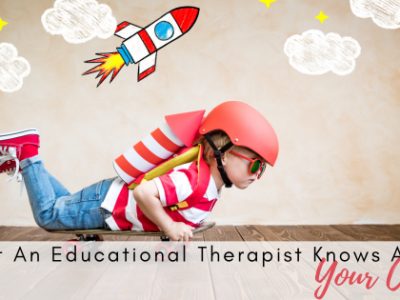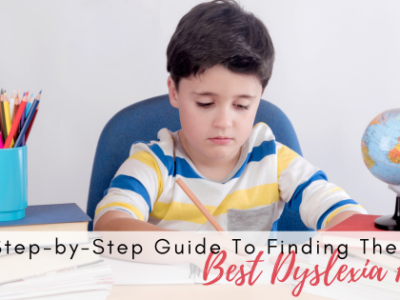But What About Math?
I am frequently asked by parents if Dyslexia On Demand provides any math assistance for their dyslexic children in addition to language therapy. Dyslexia refers to a cluster of symptoms, which result in people having difficulties with specific language skills, particularly reading, spelling, and writing construction. Dyslexia therapy specifically targets these language based skills. All that being said, dyslexic individuals tend to show commonality in other impacts to the way that they THINK and PROCESS information. Anatomical and brain imagery studies show differences in the way the brain of a dyslexic person develops and functions. Dyslexia is not due to either lack of intelligence or desire to learn; with appropriate teaching methods, dyslexics can learn successfully. Dyslexia On Demand applies an Orton Gillingham based approach to Academic Language Therapy, using an explicit, systematic, multisensory instruction in order to help students access the written code. If this approach works for language based instruction, why shouldn’t the same be true for math?
Even though it is common understanding that children with dyslexia learn differently, and therefore need to be taught differently, this is not applied to mathematics. Sometimes good teaching is just not enough for those who learn differently. Not only is the multisensory approach is a unique way of “thinking” about teaching mathematics, it is just brain science that it should the most impactful approach for instruction. This program applies Orton-Gillingham multisensory instructional strategies to mathematics.
Fortunately, the application of multisensory approach to math was developed by a CALT named Marilyn Zecher who has since trained a handful of math professionals. Although this specific programming is uncommonly found in schools, I have discovered a company delivering this exact instruction with both virtually and with an established track record of success! Adrianne Meldrum and her staff at www.madeformath.com are all trained in this exact fashion of multisensory math instruction. Their approach is research based, advocated by the NCTM, applicable to any curriculum or textbook series, and appropriate for ALL students, but necessary for some.
In essence, a multisensory approach uses concrete manipulatives to teach mathematical concepts. They then transition students through the representational (pictorial) level of instruction until they are able to deal only with numerals/numbers at the abstract level. Manipulatives are used by all students because research has shown that multisensory input is stronger than unisensory input for creating lasting associations and memories. In more simple terms that means that the more of the brain that is involved in the learning, the stronger the memory.
This approach fits easily with recommendations from current research and suggestions from the National Math Panel regarding instruction for struggling learners. Hands-on work with manipulative objects is recommended for all students at all ages. It enhances both concept integration and memory. This approach is especially important for LD students and those with conceptual gaps. It is however, an approach which is appropriate for all students.
It is also true that when students are given explicit instruction in foundational skills and concepts, less time may be needed for procedural instruction, so there is not a substantial increase in instructional time. Students are able to apply their knowledge across applications and are better at problem solving. Some studies indicate that students who use manipulatives for concept instruction including at the algebraic level, equal and even surpass their peers in summative assessments and retain the material longer.
Feedback from both teachers and students utilizing this approach is extremely positive. Most of all, multisensory math makes mathematics instruction fun! For more information, go to www.madeformath.com For more information on the process, visit www.marilynzecher.com.
You could also link to Made for Math’s webinar page. They have various topics about math about once a month. madeformath.com/webinar
They also do a new math video every Tuesday featuring different topics and teaching in a multisensory way. Link to Facebook, YouTube, or IG and they’ll be notified of new videos each week.







